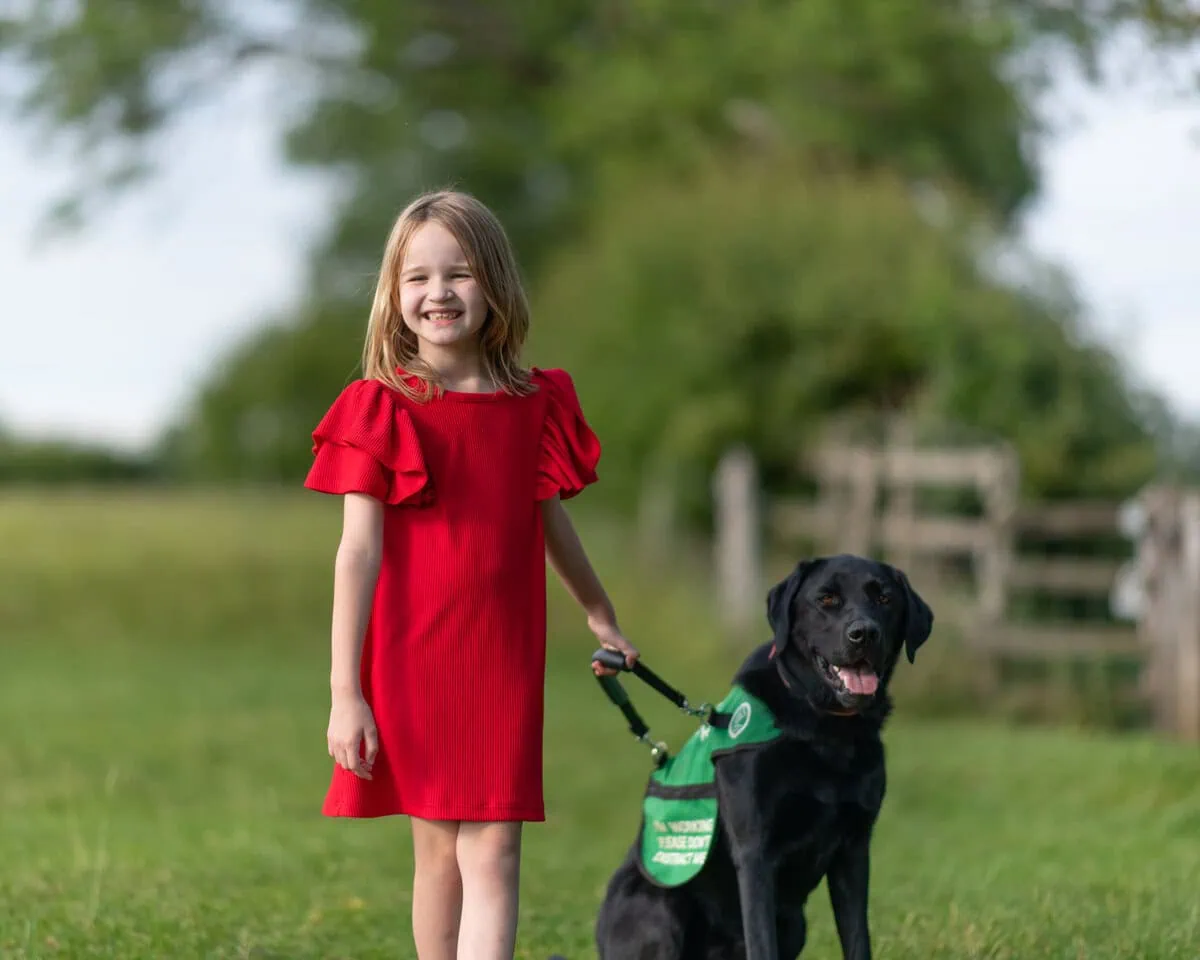
When we come to feeding our dogs each day this can be an enjoyable time for both dogs and people and an opportunity to strengthen our relationship with them.
In the UK, all branded pet food must be licensed and meet certain quality standards.
Unlike cats which are obligate carnivores, dogs are omnivores which means they can eat a variety of foods. Healthy nutrition for a dog means that we need to feed them a properly balanced diet of the required nutrients (different types of nourishing food) every day.
What is a balanced diet for a dog?
When a diet is balanced it means it contains the right proportion of all the nutrients that your dog needs.
There are many different types of nutrients but each of them belongs to one of these six groups:
- Proteins
- Fats and oils
- Minerals
- Vitamins
- Carbohydrates
- Water
Choosing the right foods for your dog
Just like people, some dogs will be more sensitive to certain foodstuffs and some dogs will show signs of sensitivity or even an allergic reaction towards certain elements in their diet, requiring us to source foods where those elements (usually a type of protein) will have been replaced by a more acceptable alternative. All branded pet foods available in the UK will have been designed to meet the nutritional requirements laid down as an industry standard.
Very often a more expensive product may include a higher quality of ingredients, including a better source of protein – an example might be chicken meal made with a higher component of chicken meat and less from feathers, beaks and feet, or a more digestible protein (one that the body can utilise more readily and more completely, such as albumin from eggs). Many brands provide more specialised ingredients such as duck, venison, fish or rice.
There is one fact that we must always remember; if we feed a dried food, the manufacturing process will have deliberately removed the moisture to make a more convenient food. Dogs fed purely on dry food will consume a greater volume of water compared to those fed other foods.
If you’d like to know more about dog food, you may find it helpful to visit the Pet Food Manufacturer’s Association (PFMA) website where you can find a wide range of useful and reliable information.
There are different types of commercial dog food available, such as dry (freeze dried, cold pressed or high pressed), wet (in pouches or cans), dehydrated, cooked, raw. Each has its advantages but you may find that feeding a complete, dry food diet will ensure that their food is balanced. It can be easily measured out, handled by children, used as treats and stuffed into an activity toy to provide fun and stimulation.
You may choose to feed prepared dog foods or to make up your own diet to meet the needs of your dog and, many years ago, people had little choice to do anything other than feed home-made diets. However, prepared dog foods are formulated to provide the essential nutrients in the right amounts and proportions and choosing to feed home-prepared foods will involve you both in research and additional work. The nutritional needs of dogs can vary through life depending on how active they are and their life stage.
Small breed dogs need more calories per kilo compared to larger dogs and so need a food that is sufficiently ‘energy dense’ to allow them to eat enough food to provide for their energy requirements. If you have a working dog, their energy requirements will be greater than those of a more sedentary member of the same breed, and pregnant and nursing female will also have a greater energy requirement than that of a spayed female, whilst they are at this stage of their lives.
Changing food requirements over a lifetime
It is our responsibility to ensure that we take note of our dog’s changing requirements throughout their life and make sure they get the appropriate amount of nutrition. For some dogs this could require a diet change, such as more easily digestible food with lower calorie content.
Read more about interpreting dog food packaging.
Help support our life-changing work...
Imagine if everyday tasks were so challenging or physically demanding they affected your quality of life. For many people living with a disability or families with a child with autism, that is their reality. Now imagine if a specially trained four-legged friend could restore your, or your family’s, independence.
The demand for our services is high and we can’t help as many people as we would like to without more funding. Please help us continue to bring people and dogs together to help make everyday life possible in so many extraordinary ways.
Every contribution, whatever size, is important and helps us make a difference.
